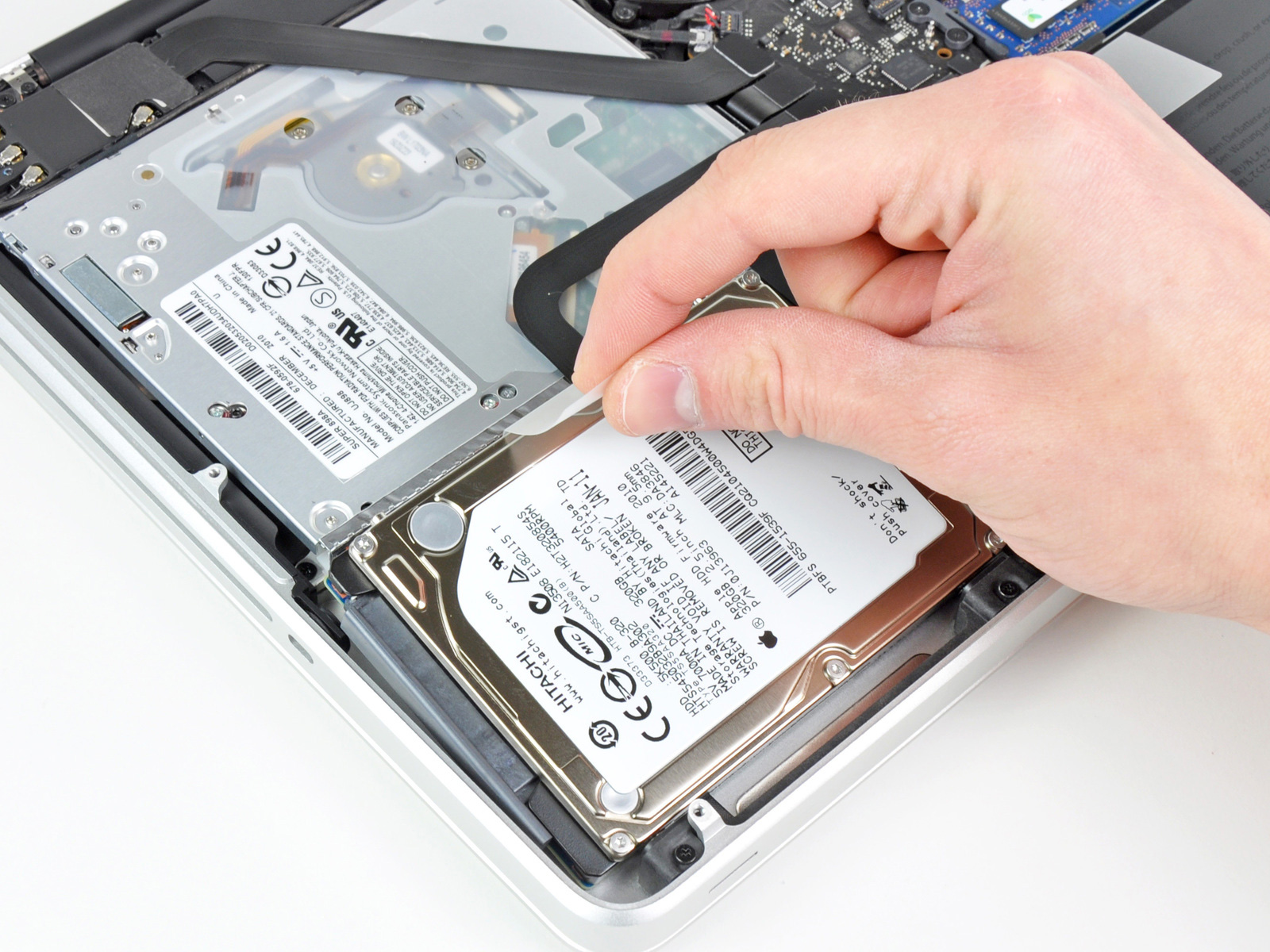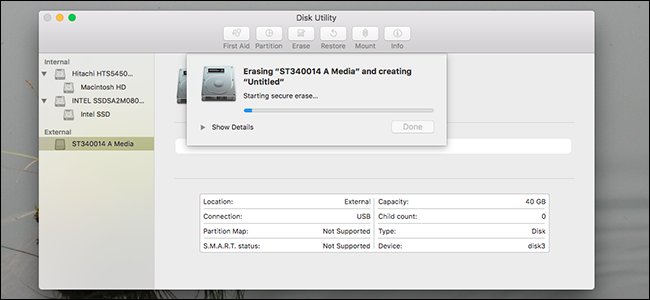

- #CAN I USE MULTIPLE EXTERNAL HARD DRIVES FOR IMAC HOW TO#
- #CAN I USE MULTIPLE EXTERNAL HARD DRIVES FOR IMAC SOFTWARE#
- #CAN I USE MULTIPLE EXTERNAL HARD DRIVES FOR IMAC PC#
- #CAN I USE MULTIPLE EXTERNAL HARD DRIVES FOR IMAC PROFESSIONAL#
Watch this quick video to know how to get back the inaccessible data by using the “Can’t find volume” feature of Stellar Data Recovery Professional.
#CAN I USE MULTIPLE EXTERNAL HARD DRIVES FOR IMAC SOFTWARE#
The software offers an easy-to-use interface to select the connected drive that is not recognized via Finder, perform a rigorous scan, and recover data to an external storage location. It can help you get back your erased files, even if you have already erased the external hard drive on macOS Mojave.
#CAN I USE MULTIPLE EXTERNAL HARD DRIVES FOR IMAC PROFESSIONAL#
Send your drive to a reliable Mac data recovery service provider for initial diagnosis and potential data recoveryĭo-it-Yourself: Recover the Data when Mac can’t find Drive after Mojave UpgradeĬonsider Stellar Data Recovery Professional software if you wish to recover data from a non-detected external hard drive after the Mojave upgrade. – Consult the manufacturer of the drive if the media is still under warranty. Or, the hard drive may have severe logical corruption which is beyond the repair capabilities of the Disk Utility. Hard Drive Failure: If the connected external hard drive is not visible via the Disk Utility then chances are that the drive has undergone physical damage due to head crash, scratches on its platter, component failure, and others. – Erase the external drive via Disk Utility ( Warning: ensure that you have the backup of the drive or else use a Mac data recovery software to recover data before erasing the drive)ĥ. – Inspect your external drive via Console to find log and error information to pinpoint the non-detection issue – Use Terminal to know more about the external drive, eject it, and remount the drive again – If the connected drive is visible in Disk Utility, then select the greyed out external drive and click Mount – Go to Apple menu > System Preferences > Disk Utility However, the drive may still be visible through the Disk Utility. File System Corruption: The hard drive’s file system is corrupt due to logical errors, bad blocks/sectors, incomplete erasure, or other reasons.įile system damage results in non-mounting of the drive in Finder.


– Alternatively, use a third-party utility that allows read and write operation with particular file system format such as NTFS for MacĤ. – Backup the data, then format the drive to a common file system format (e.g., ex-FAT as both Mac and Windows support it) and finally restore the data to the drive
#CAN I USE MULTIPLE EXTERNAL HARD DRIVES FOR IMAC PC#
– Connect the drive to a compatible computer (Windows PC for NTFS Linux for Ext2, Ext3, or Ext4) Even older versions of macOS will not identify the device erased with APFS format (introduced with High Sierra). Incompatible File System: macOS Mojave will not recognize NTFS, Ext2, Ext3, Ext4, or other incompatible file system format. – To show drive visibility in Finder: Go to Finder > Preferences > Sidebar tab > check External disksģ. – To show drive visibility in the desktop: Go to Finder > Preferences > General tab > check External disks Mojave’s Preference Issue: You may have not set your preferences that make the external storage drive visible on Desktop or Finder in macOS Mojave. – Use a working port for the USB cable (Thunderbolt, FireWire, or USB 3.0/2.0)Ģ. Or, the connecting cables may have got damaged, or the connecting port may be non-functional. Connector Issue: You may have not connected the hard drive correctly to your MacBook or iMac USB Port.


 0 kommentar(er)
0 kommentar(er)
